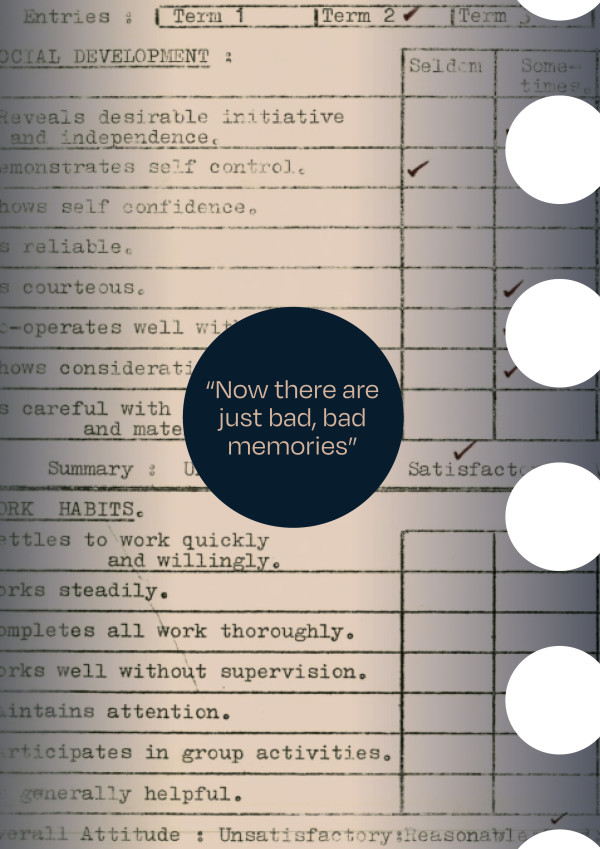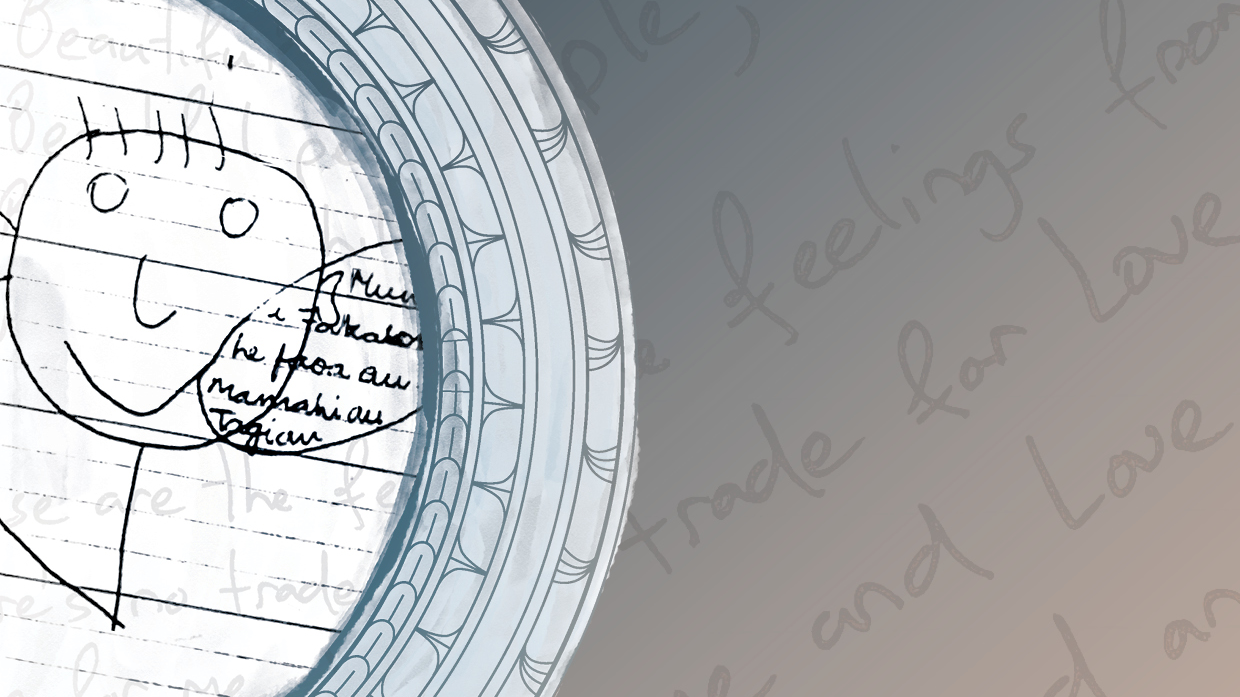Mr DT
Name: Mr DT
Age when entered care: Seven
Age now: 61
Hometown: Lower North Island
Time in care: 1971 - 1978
Type of care facility: Special schools – Treadwell Park, Christopher Park; psychiatric hospital – Lake Alice; hostel – St John’s Hostel.
Ethnicity: Pākehā
Whānau background: Parents, three siblings and a half-brother.
Currently: Mr DT lives in New Plymouth with a flatmate.
 Mr DT
Mr DT
When I arrived at Lake Alice, I thought it was a nice place – at first. Now there are just bad, bad memories.
It was 1975 and I was 13 years old. Like so many others, I wasn’t told why I was going there and nor were my parents. My medical records state I was sent there for “perceived aggressive and sexual behaviour”. I had been at Treadwell Park, a special school for intellectually handicapped children, since I was seven. It wasn’t great.
I got in trouble there when someone ripped up a photo of my family, so I punched him in the nose. The matron made me go to an appointment with Dr Sydney Pugmire, the medical superintendent at Lake Alice, and next thing I knew, I was put straight into villa 7. It looked like a jail.
The staff thought I was stupid. One of the nurses wrote in my notes that I had “insufficient grey matter to learn by reward and punishment” so the only solution to curbing me was by a “revision of medication”. That was code for administering paraldehyde as a punishment. My medical records showed this happened at least seven times, once for being “disturbed and noisy”.
They gave me quite a lot of medication – packet after packet after packet – and it made me feel drowsy. They gave you medication as a punishment, too – I remember being put in the lock-up room and given the big needle. It was in my buttocks and very painful, with a bad smell.
The other kids made me feel bad and called me a lot of names. I didn’t cope with it well. One of the nurses noticed I had become the victim of the stirrers in the villa, and I felt intense frustration from struggling with their teasing. I would get told off quite a lot – they kept a diary for bad behaviour, and I was in there lots for hitting and lashing out. If I got told off, they would put me in the lock-up room for the day, and sometimes overnight. It was a lonely space.
I got electric shocks if I was in the diary for bad behaviour. It made me feel like my head was spinning around and buzzing. My heart would start to race, and it felt really bad. Afterwards I’d get a headache. There was no medication before the electric shocks, only after. They said if I had medication beforehand, it would make the electric shocks worse and I’d get sick.
My experiences with Dr Selwyn Leeks and Dr Pugmire weren’t very pleasant – they treated me unfairly, like the other kids did. I try to forget about it now.
The male nurses hit me a lot, for not listening. They hit me all over, in the stomach, anywhere they were capable of. One time, five or six nurses hit me in the tummy using their fists. They gave me a count of 10 and I was down on both my knees. I think they hit me for swearing.
Someone called the police on my behalf because it was assault. I talked to the police and told them the male nurses were hitting patients. The police took them away. I didn’t tell the police about the big needle or the electric shocks – they just wanted to hear about the assault.
Sometimes I got to go home for weekends, and that was a lot better than being at Lake Alice. I never wanted to go back after the weekend. I told Mum about the electric shocks and she said I should try to forget about it. But sometimes it’s hard to forget.
My grandma tried to get me out of Lake Alice after she found out I was being put in the lock-up room, which made her disturbed and distressed. After I had been at Lake Alice for a year, an educational psychologist assessed me and wrote that it wasn’t a suitable placement for me. Dr Pugmire didn’t want me to leave, though – a letter showed he thought I was “pretty well institutionalised” and he was worried about a potential “flare up of publicity”.
A year later, Dr Pugmire wrote a letter admitting I didn’t fit in with the other boys because many of them were mentally ill and I wasn’t. I was a fish out of water, he said.
Then my grandma’s persistence paid off, and she got me out of Lake Alice about two weeks after the male nurses’ assault on me. I had been in there for a total of three years and three months.
I live in New Plymouth now, with a flatmate, and I like having company very much. Life here is good. Everything has improved since Lake Alice. I have a lot of freedom.

